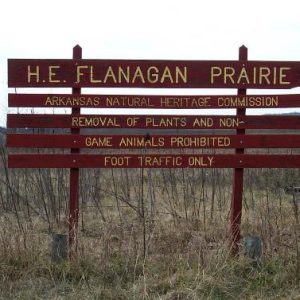 H. E. Flanagan Prairie Natural Area
H. E. Flanagan Prairie Natural Area
Entry Type: Place - Starting with H
 H. E. Flanagan Prairie Natural Area
H. E. Flanagan Prairie Natural Area
 H. J. Gingles Building
H. J. Gingles Building
Hackett (Sebastian County)
Hagler (Arkansas County)
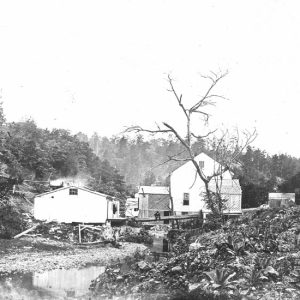 Hale Bath House
Hale Bath House
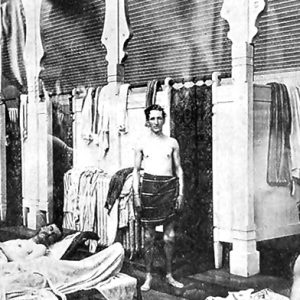 Hale Bathhouse
Hale Bathhouse
 Hale Town VFD
Hale Town VFD
Halfway (Clark County)
 Hall of Industry
Hall of Industry
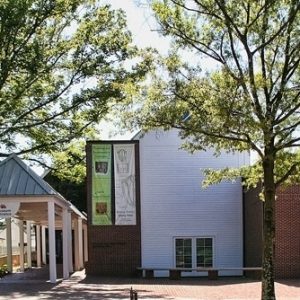 HAM Center
HAM Center
Hamburg (Ashley County)
 Hamburg School
Hamburg School
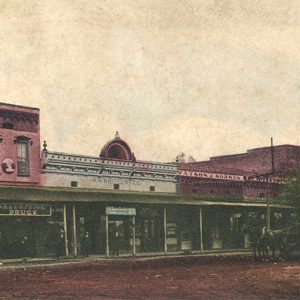 Hamburg Square
Hamburg Square
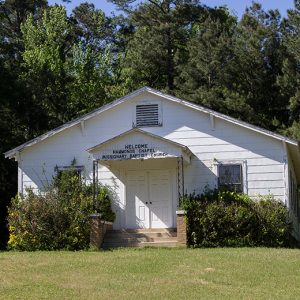 Hammonds Missionary Baptist Church
Hammonds Missionary Baptist Church
Hampson Archeological Museum State Park
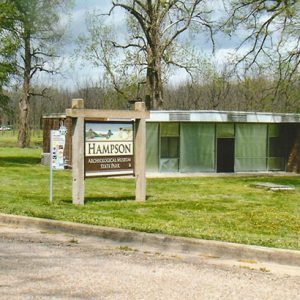 Hampson Archeological Museum State Park
Hampson Archeological Museum State Park
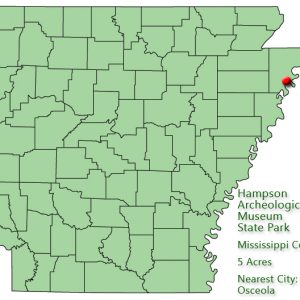 Hampson Archeological Museum State Park: Park Location
Hampson Archeological Museum State Park: Park Location
Hampton (Calhoun County)
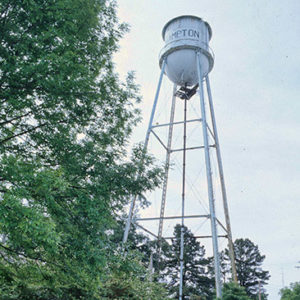 Hampton Waterworks
Hampton Waterworks
 Handle Factory
Handle Factory
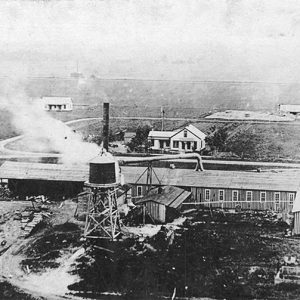 Handle Factory
Handle Factory
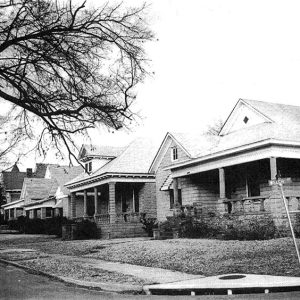 Hanger Hill Historic District
Hanger Hill Historic District
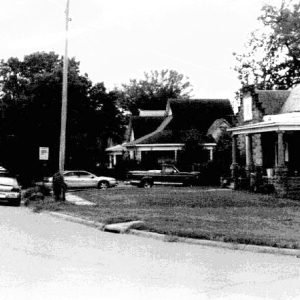 Hanger Hill Historic District
Hanger Hill Historic District
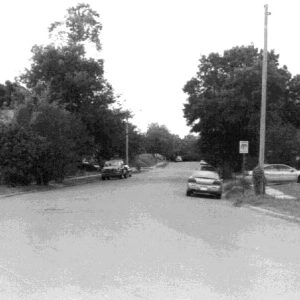 Hanger Hill Historic District
Hanger Hill Historic District
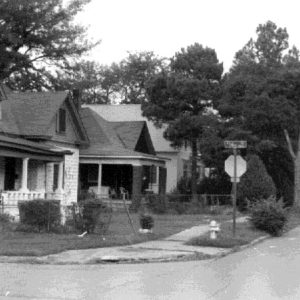 Hanger Hill Historic District
Hanger Hill Historic District
Hanger Hill Historic District
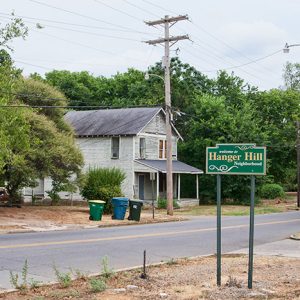 Hanger Hill Historic District
Hanger Hill Historic District
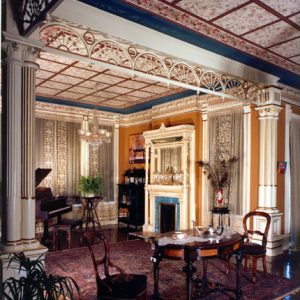 Frederick Hanger House
Frederick Hanger House
 Hanger House
Hanger House
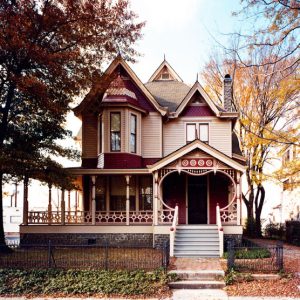 Frederick Hanger House
Frederick Hanger House
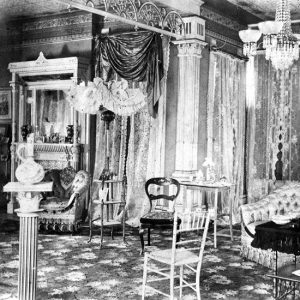 Frederick Hanger House
Frederick Hanger House
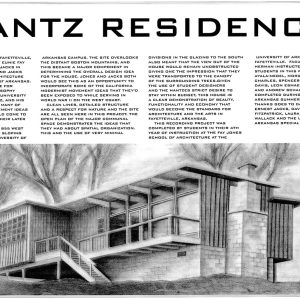 Hantz House
Hantz House
Happy Hollow
aka: McLeod's Amusement Park
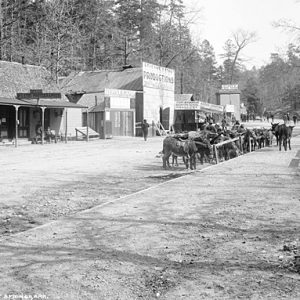 Happy Hollow
Happy Hollow
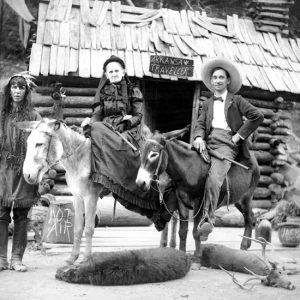 Happy Hollow
Happy Hollow
 Hardin Farm
Hardin Farm
 Benjamin Hardin Grave
Benjamin Hardin Grave
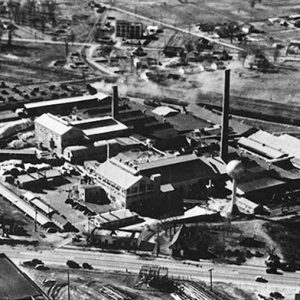 Harding Glass Plant
Harding Glass Plant
Harding University
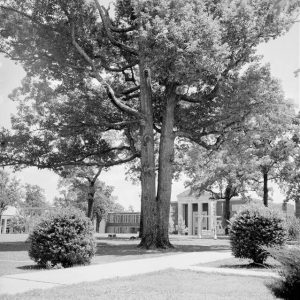 Harding University
Harding University
 Dexter Harding House
Dexter Harding House
 Hardison Center
Hardison Center
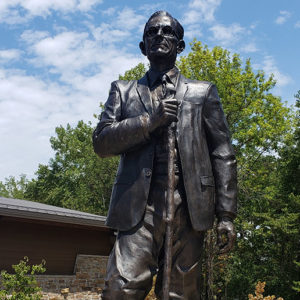 Hardison Statue
Hardison Statue
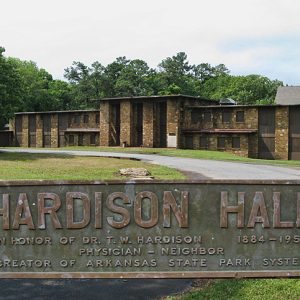 Hardison Hall
Hardison Hall
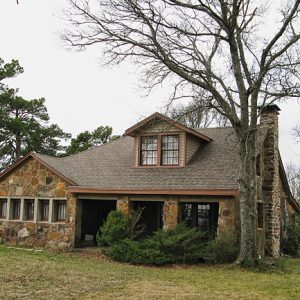 Hardison House
Hardison House
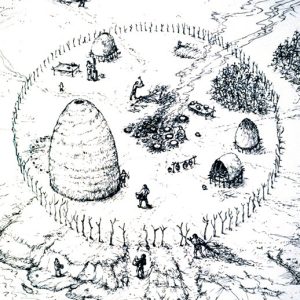 Hardman Site
Hardman Site
Hardy (Sharp County)
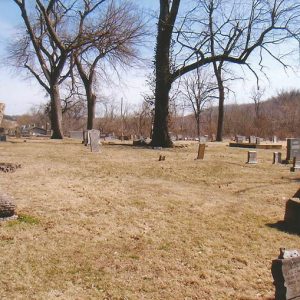 Hardy Cemetery
Hardy Cemetery
Hardy Cemetery Historic Section
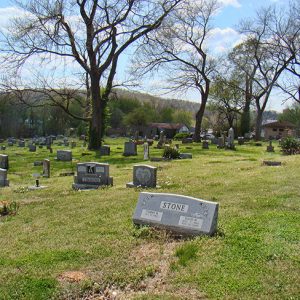 Hardy Cemetery Historic Section
Hardy Cemetery Historic Section




